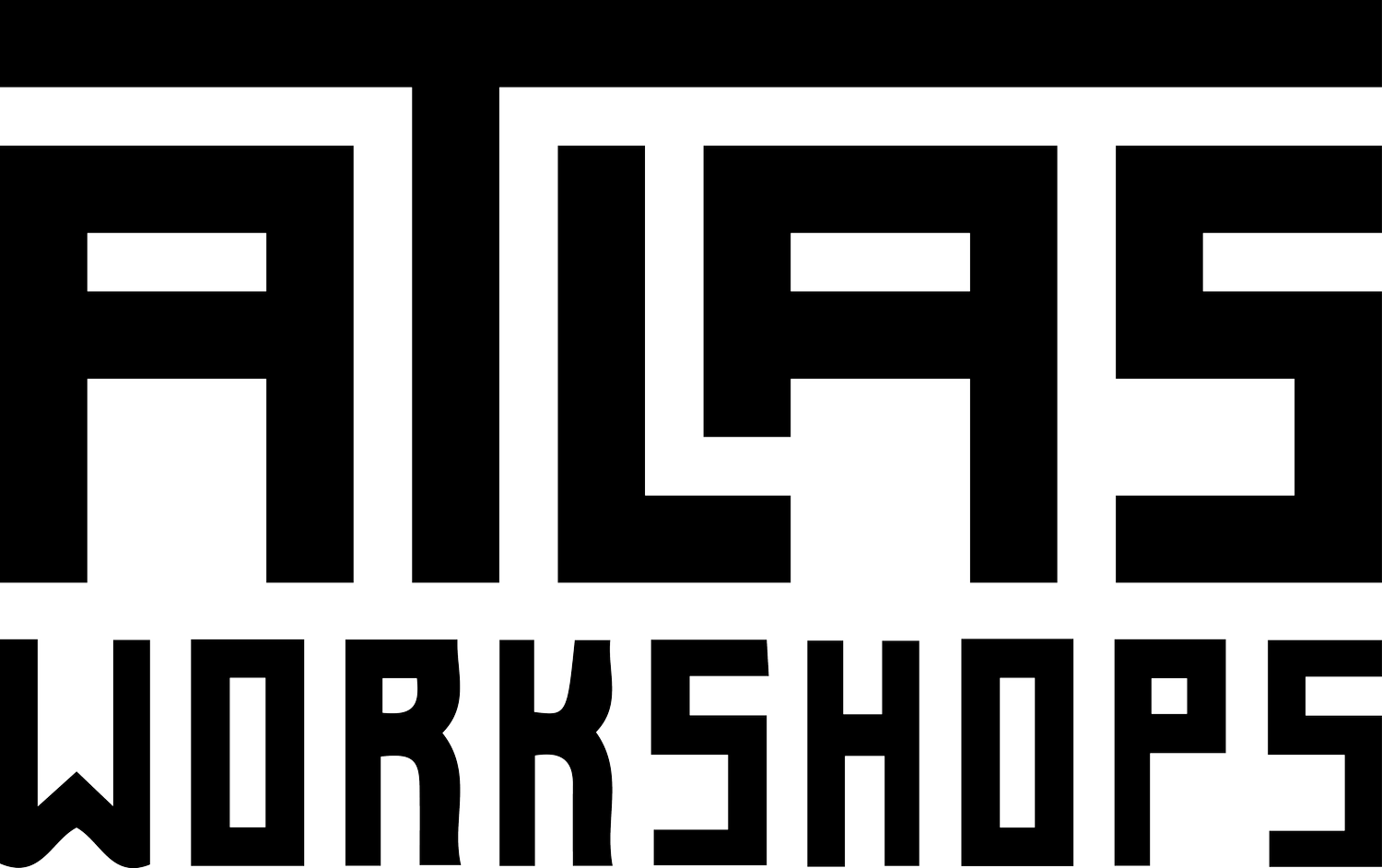A Haitian Road Trip: Part Two – Mirebalais to Saint Marc
HOW TO FIND A PRIEST IN MIREBALAIS
Downtown Mirebalais has a brightly painted, sun-drenched square, surrounded by hotels, small restaurants, the courthouse, a moto-taxi stand, and rows of women selling second hand clothing and shoes. During the week, a steady stream of motorcycles, pickup trucks, packed trucks, and overloaded and decrepit cars round the square at a brisk pace.. On Sunday, when we arrived, the square seemed sleepy, hazy in the afternoon sun.
Our first stop was the Episcopal Church in town to see Father (Pere) Jeannot of the Episcopal Archdiocese of Mirebalais. He’d invited us to services and then lunch, but we were very late.
A thin, neatly dressed man approached us. We explained we were looking for Pere Jeannot, was he in? No, he was not, but this man had his phone number. We called – no answer. We were disappointed, but we had arrived late, without notice. Our new friend, one of the teachers at the school attached to this church, offered to accompany us to Pere Jeannot’s home, which turned out to be just down the street.
INTO THE HILLS
The next morning, Pere Jeannot, an amicable, slightly graying man who asked us many shrewd and thoughtful questions about our plans to bring students to Mirebalais, and another young man from his school piled into our pickup truck. We headed out of Mirebalais, past the gleaming new hospital, to the turn off for the Saute D’Eau waterfalls, which we’d visited the day before—an impressive cascade with religious significance for both the Catholic and Voodoo traditions (which meant the road to the waterfall was well paved). In the town of Saute D’Eau (or Sodo in Creole), we turned off, onto back roads that led up and into the steep hills.
 We visited the rural school in Palto, where our students will have the opportunity to work with school kids to plant trees and build a garden. The school was sturdily built, each classroom literally packed with more children than chairs. The eagerness was palpable—the students eyed us curiously but remained quiet and attentive. In the combined pre-school/kindergarten class, children waited quietly as ten kids at a time were invited to the front of the room to work on an activity.
We visited the rural school in Palto, where our students will have the opportunity to work with school kids to plant trees and build a garden. The school was sturdily built, each classroom literally packed with more children than chairs. The eagerness was palpable—the students eyed us curiously but remained quiet and attentive. In the combined pre-school/kindergarten class, children waited quietly as ten kids at a time were invited to the front of the room to work on an activity.
“We do not always have the money to pay the teachers,” Father Jeannot explained, “but they still come every day.”
A PUBLIC HEALTH PILGRIMAGE
“The idea that some lives matter less is the root of all that is wrong with the world.”― Dr. Paul Farmer
JENNY: If you follow the Artibonite River 15 miles up into the hills outside of Mirebalais, you will reach Cange, the site of the original Zanmi Lasante or Partners in Health clinic.
Paul Farmer’s insistence that the poorest of the poor have a right to the best available health care, free of charge, has transformed the area—and his hospital has become an international model and inspiration. I worked for four years in international public health, and I had read so much about Mirebalais.
We visited the new Hôpital Universitaire de Mirebalais on Monday—construction on the 300 bed hospital, run by PIH, finished this year. We toured the massive hospital campus with two nuns, one of whom, originally from Duxbury, has been living in Haiti for most of her adult life. She had just celebrated her 90th birthday. The facilities available at the hospital rival the best medical facilities I have ever visited in the developing world, and may in fact be better than many health facilities in the US—and all services are free.
 After our visit to hospital, we drove up to Cange. We did not have a chance to arrange an official visit to the campus, but I wanted to go to the clinic anyway. The campus was lush, shady, leafy—filled with the trees that I realized were missing from the surrounding landscape. The land in and around Mirebalais is so fertile, there is lots of vegetation growing—but I kept forgetting that there were no trees!
After our visit to hospital, we drove up to Cange. We did not have a chance to arrange an official visit to the campus, but I wanted to go to the clinic anyway. The campus was lush, shady, leafy—filled with the trees that I realized were missing from the surrounding landscape. The land in and around Mirebalais is so fertile, there is lots of vegetation growing—but I kept forgetting that there were no trees!
COMMUNITY DEVELOPMENT MUST START IN THE COMMUNITY
ADAM: Mirebalais is the base of a number of prominent Haitian and international NGOs, and we met with representatives from many of them as we set up our workshop in March. The enthusiasm we encountered was thrilling.
Marconi, a local representative of the organizationFATEM (Foundation for the Technological and Economical Advancement of Mirebalais), sat with us to brainstorm collaboration with them. Marconi explained how community development must start in a community. He emphasized the importance of local ownership, ideas and drive. Whenever his phone rang, he would pause our chat, switching to Creole to quickly resolve whatever issue had just come up.
We also visited Zanmi Agrikol (Partners in Agriculture), an offshoot of PIH working to improve the environment and farmers’ livelihoods. Head agronomist and director of Zanmi Agrikol’s training program, Ferest invited us into his home on our way out of town. He proudly explained about the nutritionally fortified peanut butter (called Nourimanba),that Zanmi Agrikol is manufacturing rather than importing from the US.
 As we made our way out of town towards Saint Marc, we passed the construction site of a new bridge. Mirebalais is growing and while some of the effort and support comes from outside of Haiti, so much of the energy is local.
As we made our way out of town towards Saint Marc, we passed the construction site of a new bridge. Mirebalais is growing and while some of the effort and support comes from outside of Haiti, so much of the energy is local.
We continued towards the coast through the Artibonite Valley. We drove through small towns and passed by a funeral and parade that extended nearly a mile. We got caught in a short rainstorm that momentarily obscured our view of the road. After our two-hour trip on bumpy, dusty roads through the lush green valley with its towering mountains everywhere you looked, we re-emerged at the coast, National Highway No. 1 outside of bustling Saint Marc.
AND THEN WE WENT TO THE BEACH
 The next morning we followed the coast back to Port-au-Prince. We stopped for a few hours at Club Indigo, formerly Club Med (and the hotel where the Clintons’ had their honeymoon) to swim in the ocean. Haiti’s coastline is absolutely stunning, though the contrast between the epically vast swimming pool at the luxury hotel beach and the crowded school we’d visited in the hills around Palto was striking—even uncomfortable.
The next morning we followed the coast back to Port-au-Prince. We stopped for a few hours at Club Indigo, formerly Club Med (and the hotel where the Clintons’ had their honeymoon) to swim in the ocean. Haiti’s coastline is absolutely stunning, though the contrast between the epically vast swimming pool at the luxury hotel beach and the crowded school we’d visited in the hills around Palto was striking—even uncomfortable.
We continued down the coast further to eat lunch at the Obama Beach Hotel, a modest property with gorgeous views from the picnic tables overlooking the Caribbean sea. Unlike the Indigo, the Obama Beach felt quiet, down to earth: it felt like a more authentic part of Haiti.
We sat and ate perfectly grilled creole fish as we watched the rain clouds roll in. Gus, the hotel owner, joined us. Gus explained how he believed that the earthquake, though truly devastating to the country, could have also been an opportunity for progress and change: a chance to build back stronger, to overcome the challenges of the past. And so Gus renamed this place after Obama, so that change could be the theme at his hotel. He stopped advertising, preferring only the quiet word of mouth traffic, to keep his piece of the coastline pristine.
SWINGING SOUTH TO THE HILLS
We continued south, until the road opened up into the vast coastal plain of Port-au-Prince, and then wound through the city congestion up past Petion-Ville and beyond, headed for the forests of Seguin. Ahead of us, tomorrow, was a difficult hike to Parc de la Visite, and we were both a little nervous: would the hike be do-able? We’d heard it could take anywhere from 5-8 hours. And where would it take us?
Continue to part three: And Then We Walked to Seguin…
– Adam and Jenny
This is the second in a series of three blog posts about a scouting trip to Haiti that Adam and Jenny took in early November, to lay the groundwork for a workshop in March. Click here to read the first post:A Haitian Road Trip: Part One – Boston to Port-au-Prince (with a jiko).
